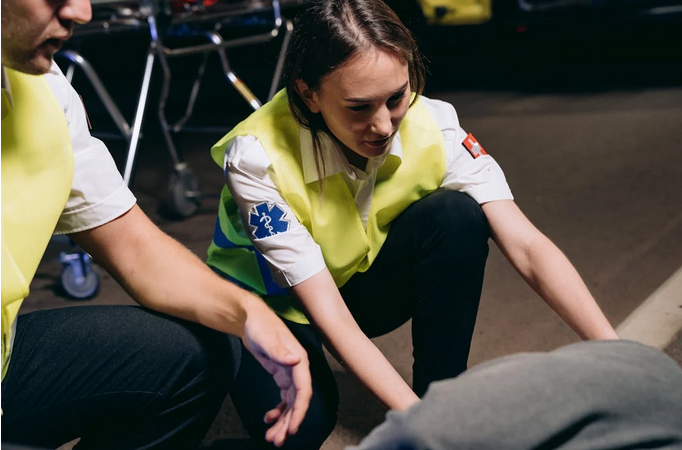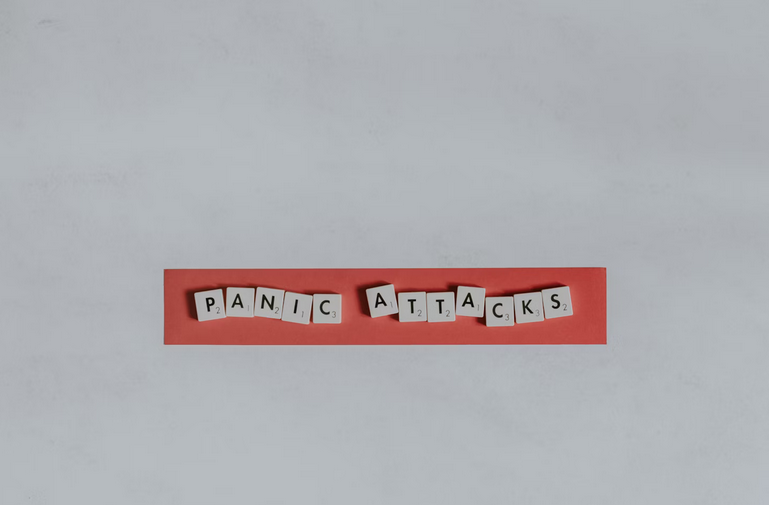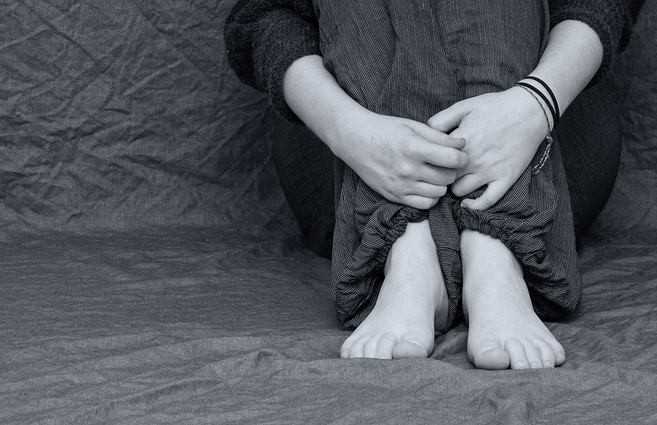How Exposure to Trauma in Suicide Cleanup Affects First Responders and Cleanup Workers
First responders and cleanup workers are often the unseen heroes in the aftermath of tragic events. They step into situations that most of us can barely imagine, including cleanups for a suicide event. While they’re trained for the technical aspects of the job, exposure to trauma like this can take a serious toll on their physical and mental health. The impact goes beyond the immediate demands of their roles, often affecting their long-term well-being. In this article, we’ll explore how exposure to traumatic events in suicide cleanup affects first responders and cleanup workers, the unique challenges they face, and ways they can protect and care for their mental health.
The Emotional and Psychological Impact of Trauma Exposure
Suicide cleanup is often a deeply emotional experience. Even with training and experience, the sight of a traumatic scene can stir up a range of feelings, from sadness and compassion to shock and even helplessness. Over time, these experiences can accumulate, leading to a condition known as cumulative trauma.
Common Mental Health Effects of Trauma Exposure
Acute Stress Response
After a traumatic incident, first responders and cleanup workers may experience symptoms like heightened anxiety, trouble sleeping, and difficulty concentrating. These responses are the body’s natural way of processing trauma, but if they’re persistent, they can become overwhelming.
Compassion Fatigue
Many of these professionals enter their fields with a genuine desire to help people in crisis. However, repeated exposure to traumatic situations can lead to compassion fatigue, a state where they feel emotionally depleted and unable to connect with others as deeply as they once did.
Post-Traumatic Stress Disorder (PTSD)
For some, repeated exposure to traumatic events can result in PTSD. This condition can involve flashbacks, severe anxiety, nightmares, and avoidance behaviors related to the traumatic experiences. First responders and cleanup workers are at an elevated risk of developing PTSD, which requires professional treatment and support to manage effectively.
Depression and Isolation
Trauma exposure can lead to depression, causing individuals to withdraw from family, friends, and activities they once enjoyed. This isolation can make it more difficult for them to seek help, further complicating their mental health.
Physical Health Risks of Suicide Cleanup

Beyond the mental and emotional toll, suicide cleanup involves physical risks that can affect the long-term health of those exposed.
Exposure to Biohazards
Suicide cleanup involves handling blood, bodily fluids, and other biohazard materials. If not managed with proper safety equipment and protocols, exposure can lead to infections or even chronic illnesses. Diseases like Hepatitis B, Hepatitis C, and HIV can be transmitted through bloodborne pathogens, posing a real health risk without the use of personal protective equipment (PPE) and strict safety procedures.
Respiratory Issues
Cleanup workers often work with strong disinfectants and chemicals that can irritate the respiratory system. Prolonged exposure without proper ventilation or masks can lead to respiratory problems, which may worsen over time if they continue to be exposed to such substances.
Coping Strategies for Trauma-Exposed Workers

Fortunately, there are several ways that first responders and cleanup workers can manage the impact of their work and protect their mental and physical health.
Mental Health Support
Therapy, especially trauma-informed counseling, can be incredibly beneficial for those exposed to traumatic scenes. Cognitive-behavioral therapy (CBT) and Eye Movement Desensitization and Reprocessing (EMDR) are two techniques commonly used to help individuals process and cope with traumatic experiences.
Peer Support Networks
Connecting with others in similar fields can help reduce feelings of isolation. Many organizations provide peer support programs where workers can share their experiences, offer advice, and remind each other that they are not alone.
Mindfulness and Relaxation Techniques
Mindfulness meditation, deep breathing exercises, and regular physical activity can be effective ways to reduce stress. These practices help workers remain present and grounded, which can make it easier to manage the mental and emotional impact of trauma exposure.
Regular Physical Self-Care
Taking care of their physical health can help prevent burnout. Eating balanced meals, staying hydrated, and getting enough sleep are essential. Workers can also benefit from stretching, strengthening exercises, and taking breaks to avoid physical strain.
Education and Ongoing Training
Many organizations now offer training on resilience and trauma management, which can provide first responders and cleanup workers with the tools they need to protect their mental health. These programs can also cover the use of PPE, proper cleanup protocols, and mental health self-care techniques.
First responders and cleanup workers perform an invaluable service, often at a great personal cost. Understanding the impact of trauma exposure on their physical and mental health is essential for providing the support they need. By recognizing the challenges they face and implementing measures to protect their well-being, we can ensure that these essential workers have the resources to manage their work demands while maintaining their health and well-being.
…






